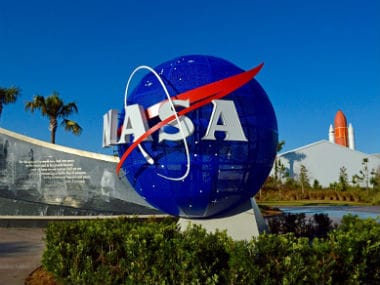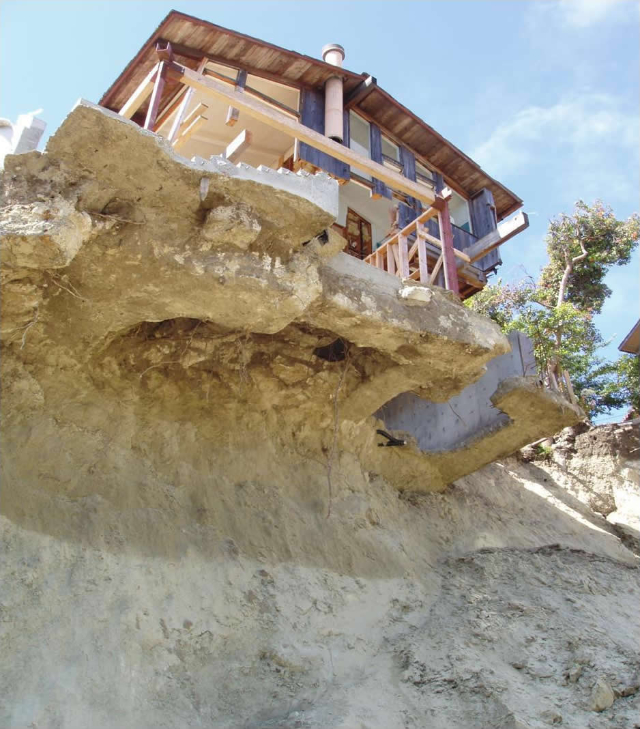NASA budget,NASA to get $20.7 billion in funding from the government,NASA budget jumps $1.6 billion,II NASA to get $20.7 billion in funding from the government this year; $1.6 billion more than in 2017
NASA’s will get $20.7 billion — $1.1 billion more than 2017 funding and $1.6 billion above the White House request — under a spending bill that cleared Congress this week and was signed by President Trump on Friday. A big beneficiary will be the planned rocket to take astronauts into deep space and onto Mars, the Space Launch System (SLS), which will get $2.15 billion, and the Orion crew capsule, which will launch on top of the SLS, will get $1.35 billion, AL.com reported.
Funding for a second SLS launch platform was not included in the White House’s fiscal year 2019 budget proposal. Robert Lightfoot, NASA’s outgoing acting administrator set to retire at the end of April, told a House subcommittee on March 7 that there was insufficient money in the agency’s budget to build a second SLS platform without delaying or canceling other projects.
While responding to a question during the hearing, Lightfoot said that a second SLS mobile launch platform would be better for the program in an “ideal world.” “I could fly humans quicker, probably in the 2022 timeframe,” with a second mobile launch platform, Lightfoot said.
NASA's will get $20.7 billion — $1.1 billion more than 2017 funding and $1.6 billion above the White House request — under a spending bill that cleared Congress this week and was signed by President Trump on Friday.

Representational image. News18
According to a report spaceflightnow.com, the NASA funding was part of a $1.3 trillion federal spending package that keeps the government running through the end of fiscal year 2018 — September 30 — after multiple stopgap budgets in recent months.
The budget provides $350 million for construction of a second SLS mobile launch platform, a project which, NASA believes, could shorten the gap between the first and second Space Launch System flights.
Funding for a second SLS launch platform was not included in the White House's fiscal year 2019 budget proposal.
Robert Lightfoot, NASA's outgoing acting administrator set to retire at the end of April, told a House subcommittee on March 7 that there was insufficient money in the agency's budget to build a second SLS platform without delaying or canceling other projects.While responding to a question during the hearing, Lightfoot said that a second SLS mobile launch platform would be better for the program in an "ideal world."
"I could fly humans quicker, probably in the 2022 timeframe," with a second mobile launch platform, Lightfoot said.

Landslides are bad news. In parts of the world where heavy, sustained rains can rapidly give way to flash flooding, they're responsible for tragic loses of life, property and transportation infrastructure. That the latter can wind up under hundreds of tons of mud and debris makes it far more difficult for first responders to do anything about the former--if you can get to people, you can't save them. Since we can't change the weather, we can't stop landslides. But NASA's churned out new tech that could make the difference between an evacuation and a recovery effort.
According to Space.com, NASA's got a hot new computer model designed to identify landslide hazards around the world, every 30 minutes:
Heavy, sustained rainfall is a key trigger of landslides around the globe. So Kirschbaum and co-author Thomas Stanley, a landslide expert with the Universities Space Research Association at NASA Goddard, built the new model using rainfall data gathered by the Global Precipitation Measurement satellite mission, which is run jointly by NASA and the Japan Aerospace Exploration Agency.Given the number of lives per year that this computer model's predictions could save, to call this news huge would be an understatement.
The model also employs a "susceptibility map" to determine if areas getting hammered by rain are particularly landslide-prone — for example, if they lie on or near steep slopes and/or tectonic-plate boundaries, or have been subject to significant deforestation.
High-risk areas are identified in "nowcasts," which the new open-source model produces every 30 minutes.



No comments
Post a Comment